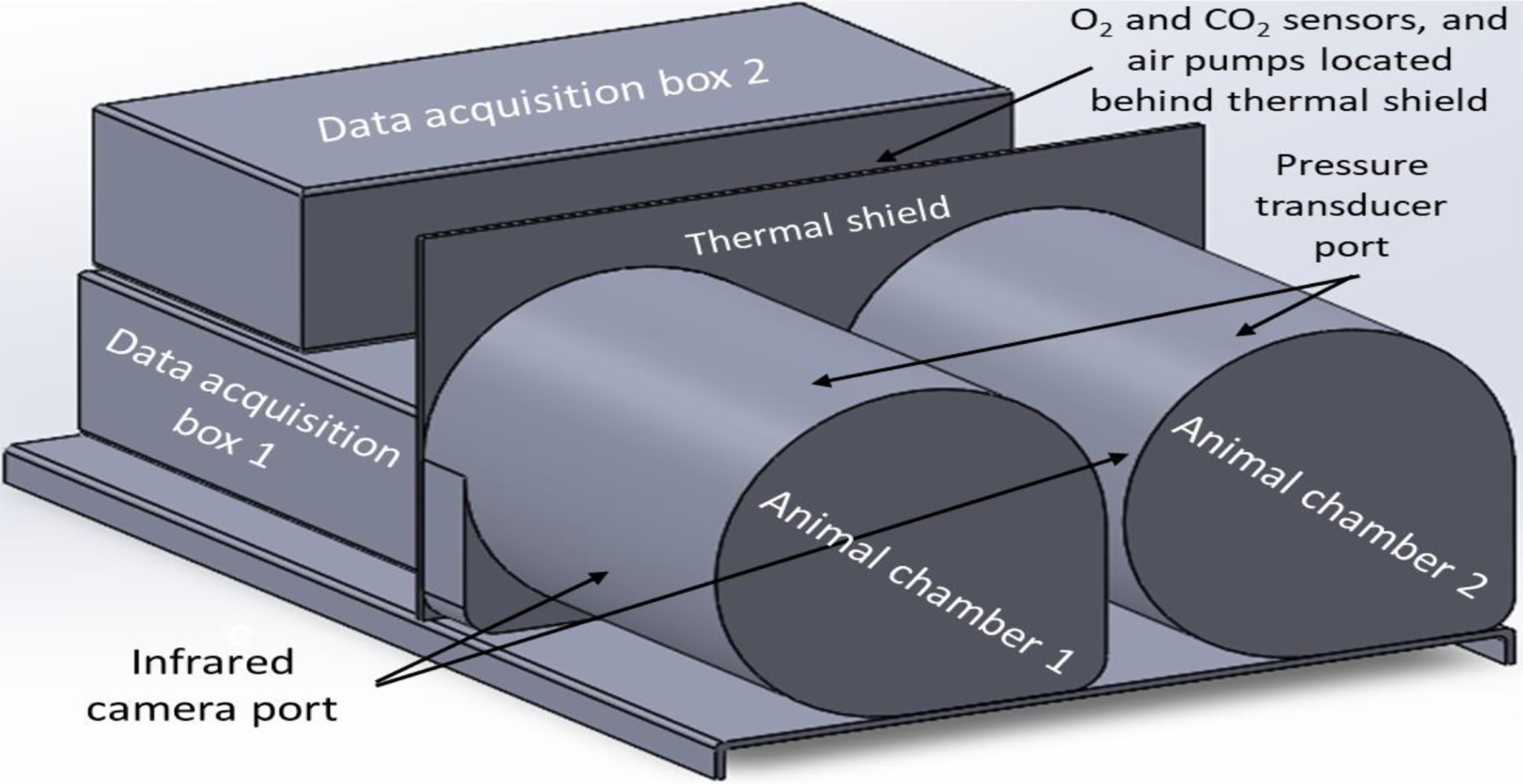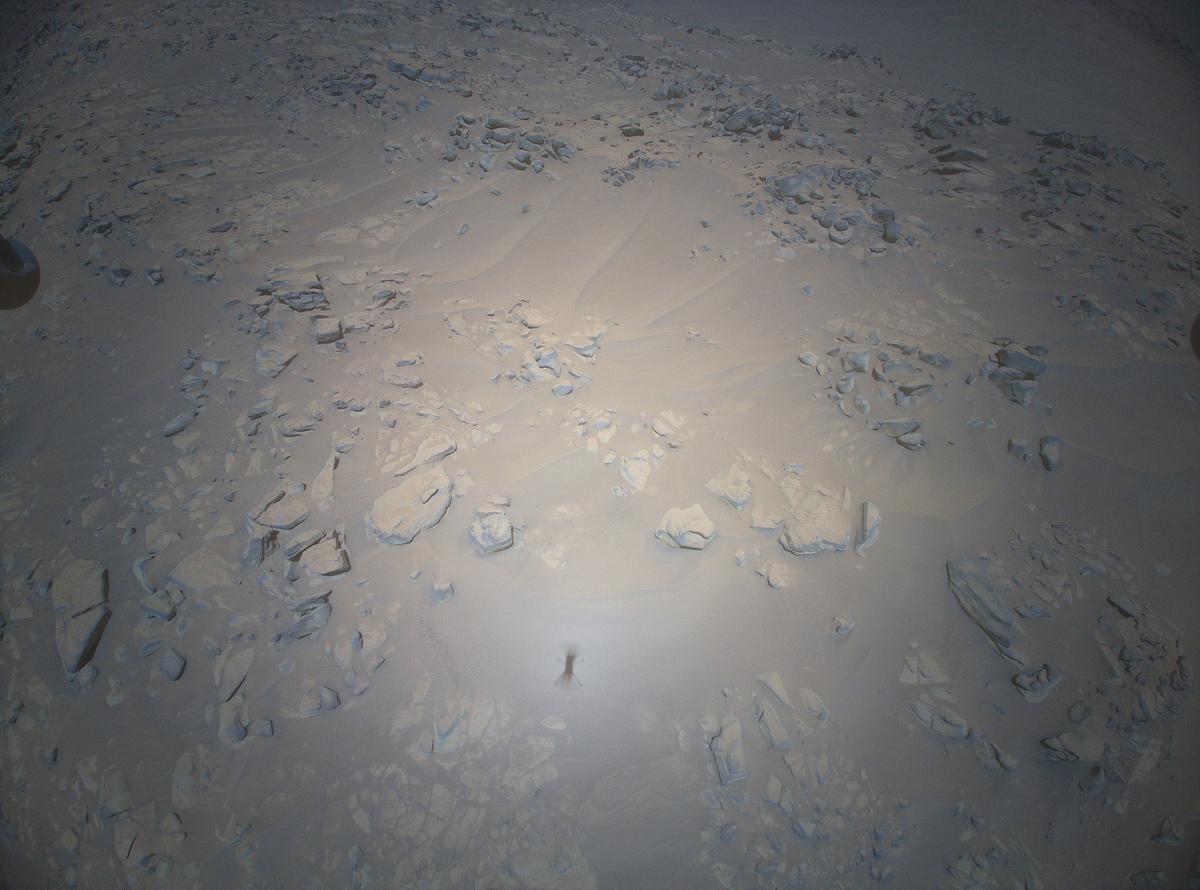In the next fifteen years, NASA, China, and SpaceX will make the next great leap in space exploration by sending the first crewed missions to Mars. This presents many challenges, not the least of which is distance. Even when they are closest to each other in their orbits (aka. when Mars is in Opposition), Mars can still be up to 55 million km (34 million mi) from Earth. Using conventional propulsion (chemical rockets), a one-way transit can last six to nine months, which works out to a total mission time (including surface operations) of about three years.
That’s a very long time for people to be in microgravity, not to mention exposed to solar and cosmic radiation. To address this, NASA is investigating advanced propulsion methods that will reduce transit times and hibernation technologies that will allow crews to sleep through most of their voyage. This year, the NASA Innovative Advanced Concepts (NIAC) program selected the Studying Torpor in Animals for Space-health in Humans (STASH) experiment, a new method for inducing torpor developed by Ryan Sprenger and colleagues at the California-based biotechnology firm Fauna Bio Inc.
Continue reading “NASA 2024 NIAC Program Selects Deep-Space Hibernation Technology for Development”









